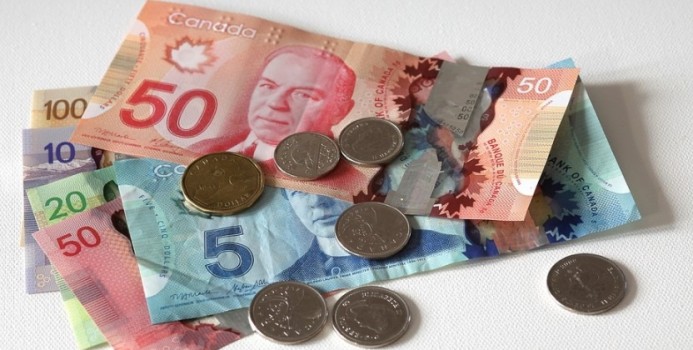I have a TFSA with about $60k paid in for investments. The investments grew to $90k. Now lets say I convert it to cash and withdraw all of the money in the TFSA (all $90k). Next year suppose I do well financially and would like to completely replenish the TFSA. If the next year’s contribution limit is $6k, can I put $96k back in my TFSA, or only $66k?
A tax free savings account (TFSA) has an contribution limit which prevents people from putting in more than a certain amount of money at a time. Each year the limit on the TFSA account goes up, usually by around $5,000 or $6,000, though it varies a bit. The upper limit of a TFSA is calculated using the following three pieces of information:
- Any unused contribution room from previous years. For example, if the contribution room for 2020 was $5,000 and you contributed $2,000 then there would still be $3,000 of room you could use going into 2021.
- The contribution room for the current year. Continuing our example, if the contribution room for 2021 is $6,000, then that gets added to your $3,000 leftover room from 2020. Your total room would be $9,000 for 2021.
- Any withdrawals from the previous year also get added to your contribution room. Let’s say at the end of 2020 you withdrew $1,000. That amount gets added to your total contribution room. Expanding on our example, you would have the following factors:
Base amount for 2020 $5,000 Minus amount deposited – $2,000 = $3,000 Plus amount withdrawn + $1,000 = $4,000 Plus base amount for 2021 + $6,000 = $10,000
There is a handy explanation on TFSA contribution room and the factors which go into calculating the available room on the Canada Revenue Agency website.
In short, any money you take out of your TFSA counts towards the total you can contribute. If you originally deposited $60,000 and then took out $90,000 this year, you’ll be able to put that $90,000 (plus next year’s base amount) back in as a deposit next year.

Comments are closed, but trackbacks and pingbacks are open.